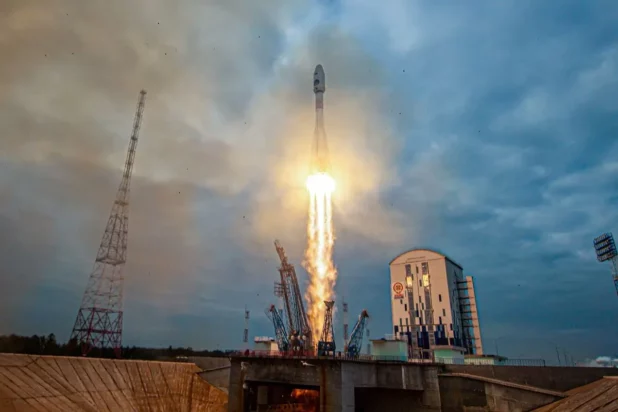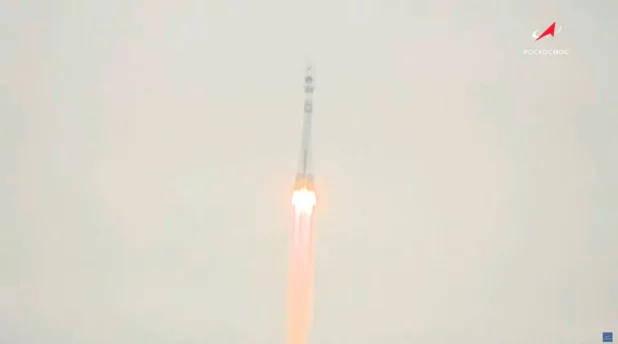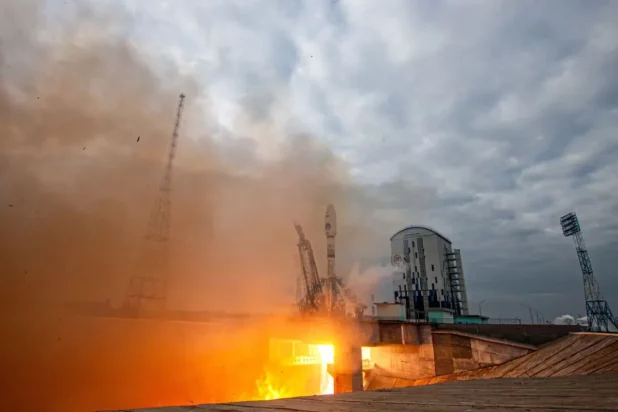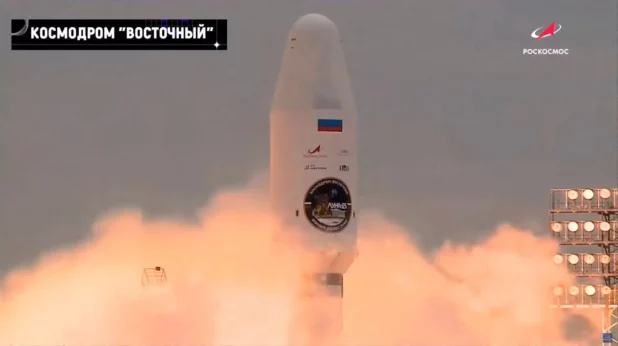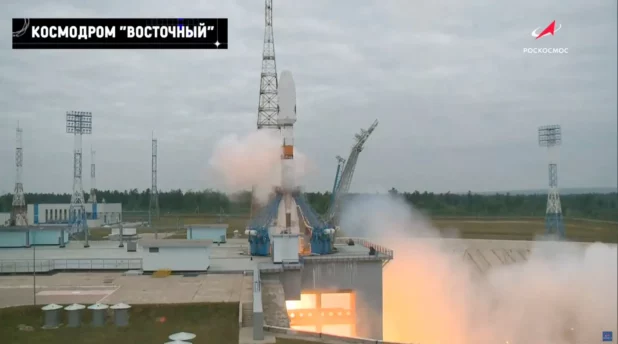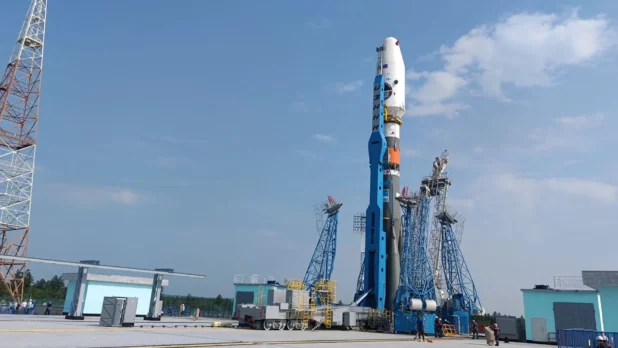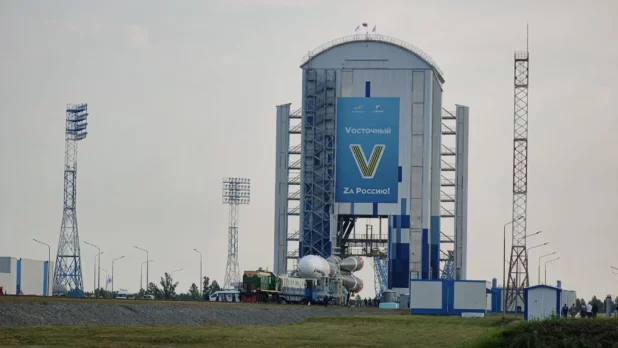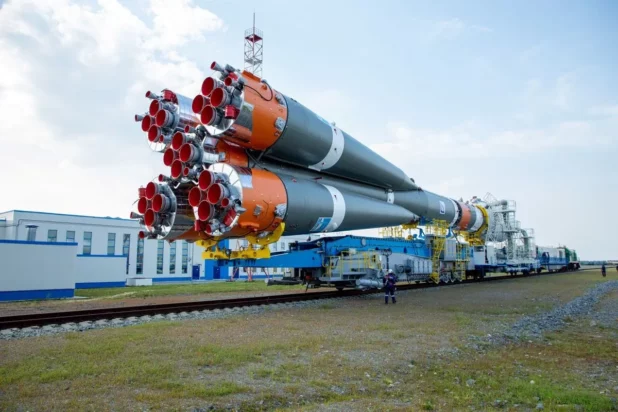🇷🇺 Russia has launched their first mission to the moon in nearly 50 years. pic.twitter.com/5iaamKHYHh
— Jackson Hinkle 🇺🇸 (@jacksonhinklle) August 10, 2023
After 47 years, Russia 🇷🇺 is set to return to the Moon with its #Luna25 lander mission.
Luna-25 took off atop a Soyuz-2.1b rocket from the Vostochny launch facility in Russia at 2:10 a.m. #Moscow time. Mission overview 👇 pic.twitter.com/4jhwA30nN0
— StarBoySAR 🇭🇰 🇨🇳 🥭 (@StarboySAR) August 11, 2023
Russia should be lionized, as an obvious matter.
However, it is important not to be ridiculous about this behavior. Russia has problems, like any state (especially a modern state), and these problems are in some ways the inverse of the problems in the West, but they are nonetheless problems.
For example, they don’t have race riots, but they have ethnic militias and apparently fully autonomous private military contractors who act with total impunity. They don’t have gay marriage, but they are still dealing with pretty serious domestic issues, many of which involve alcoholism and sluttery.
It’s my honest view that the country is getting a lot better, and very quickly (as these things go), but there is something ridiculous about Westerners imagining that they are some kind of traditionalist paradise where men just do nothing but play sports and pray all the time, taking breaks to kidnap and torture homosexuals, while women care for babies and plant root vegetables.
It’s a complicated society.
It’s hard to say that, because there is an army of shills on the internet who will claim Russia is not serious. Of course they are a serious, superpower country, and it is six million times better to live there than in the West (even economic problems are largely exaggerated, and the middle class is probably better off than in most of the West, certainly better off than in America).
One thing that has been interesting to watch is the technological advancement, which is not something you would really expect.
Russia launched its first moon-landing spacecraft in 47 years on Friday in a bid to be the first nation to make a soft landing on the lunar south pole, a region believed to hold coveted pockets of water ice.
The Russian lunar mission, the first since 1976, is racing against India, which launched its Chandrayaan-3 lunar lander last month, and more broadly with the United States and China, both of which have advanced lunar exploration programs targeting the lunar south pole.
A Soyuz 2.1 rocket carrying the Luna-25 craft blasted off from the Vostochny cosmodrome, 3,450 miles (5,550 km) east of Moscow, at 2:11 a.m. on Friday Moscow time (1111 GMT on Thursday).
The lander was boosted out of Earth’s orbit toward the moon over an hour later, at which point mission control took command of the craft, Russia’s space agency Roscosmos said.
The lander is expected to touch down on the moon on Aug. 21, Russia’s space chief Yuri Borisov told state television, though the space agency previously pegged Aug. 23 as the landing date.
“Now we will wait for the 21st. I hope that a highly precise soft landing on the moon will take place,” Borisov told workers at the Vostochny cosmodrome after the launch. “We hope to be first.”
Luna-25, roughly the size of a small car, will aim to operate for a year on the moon’s south pole, where scientists at NASA and other space agencies in recent years have detected traces of water ice in the region’s shadowed craters.
There is much riding on the Luna-25 mission, as the Kremlin says the West’s sanctions over the Ukraine war, many of which have targeted Moscow’s aerospace sector, have failed to cripple the Russian economy.
The moonshot, which Russia has been planning for decades, will also test the nation’s growing independence in space after its February 2022 invasion of Ukraine severed nearly all of Moscow’s space ties with the West, besides its integral role on the International Space Station.
This is only military-adjacent. It’s backed by the military, but is likely more geared towards boosting national pride.
It should be applauded.
In the longer term, the diversity in the West is going to make major high-tech programs like space programs impossible – or at least force them out of the US to places like Germany, and to private companies.
Russia plans to annex the moon😎.
If successful(1st) to land on the South pole of the moon, we would stick a flag there and name it New Russia 2.0 pic.twitter.com/zzCbIw1Pbk
— Spetsnaℤ 007 🇷🇺 (@Alex_Oloyede2) August 10, 2023
Elvis Dunderhoff contributed to this article.

